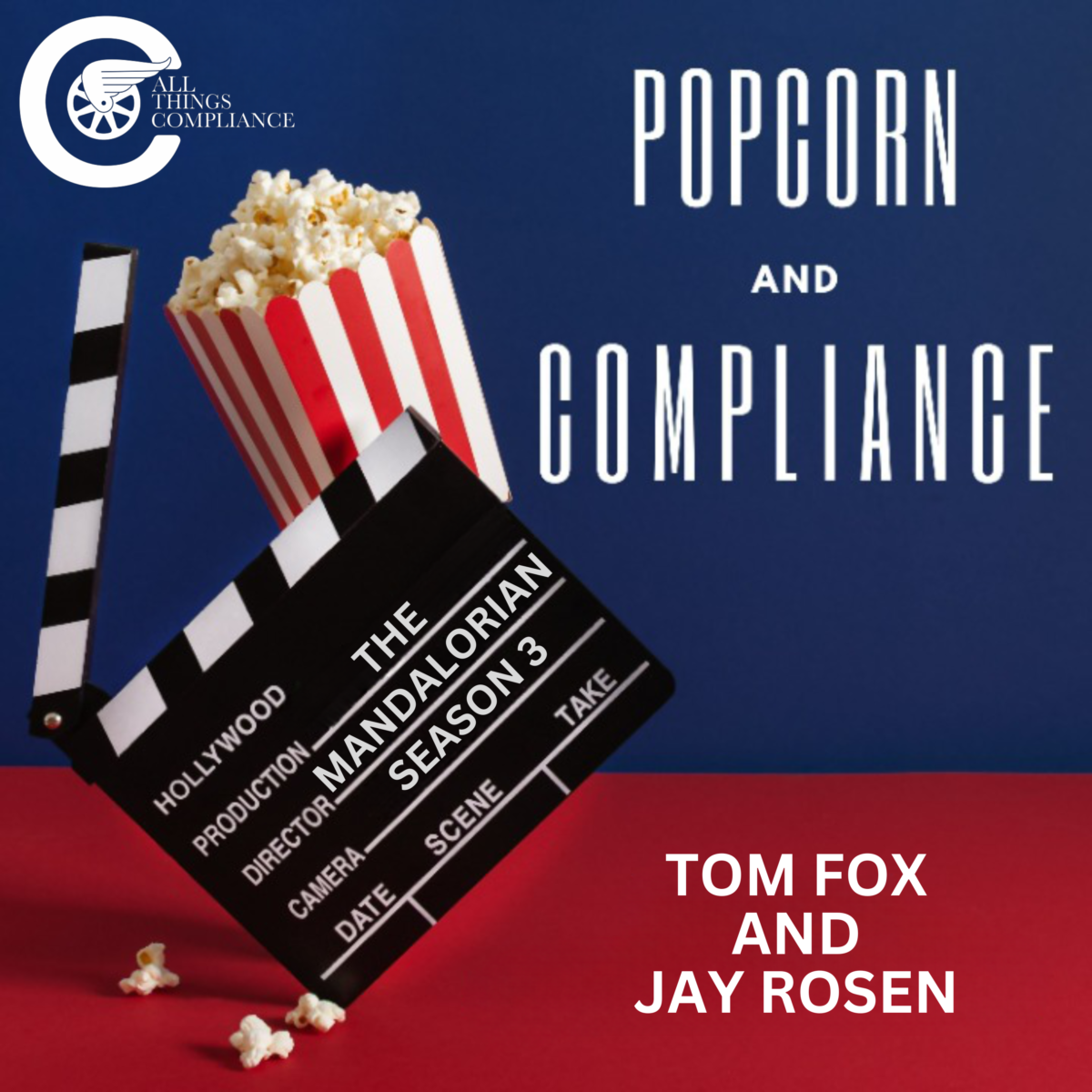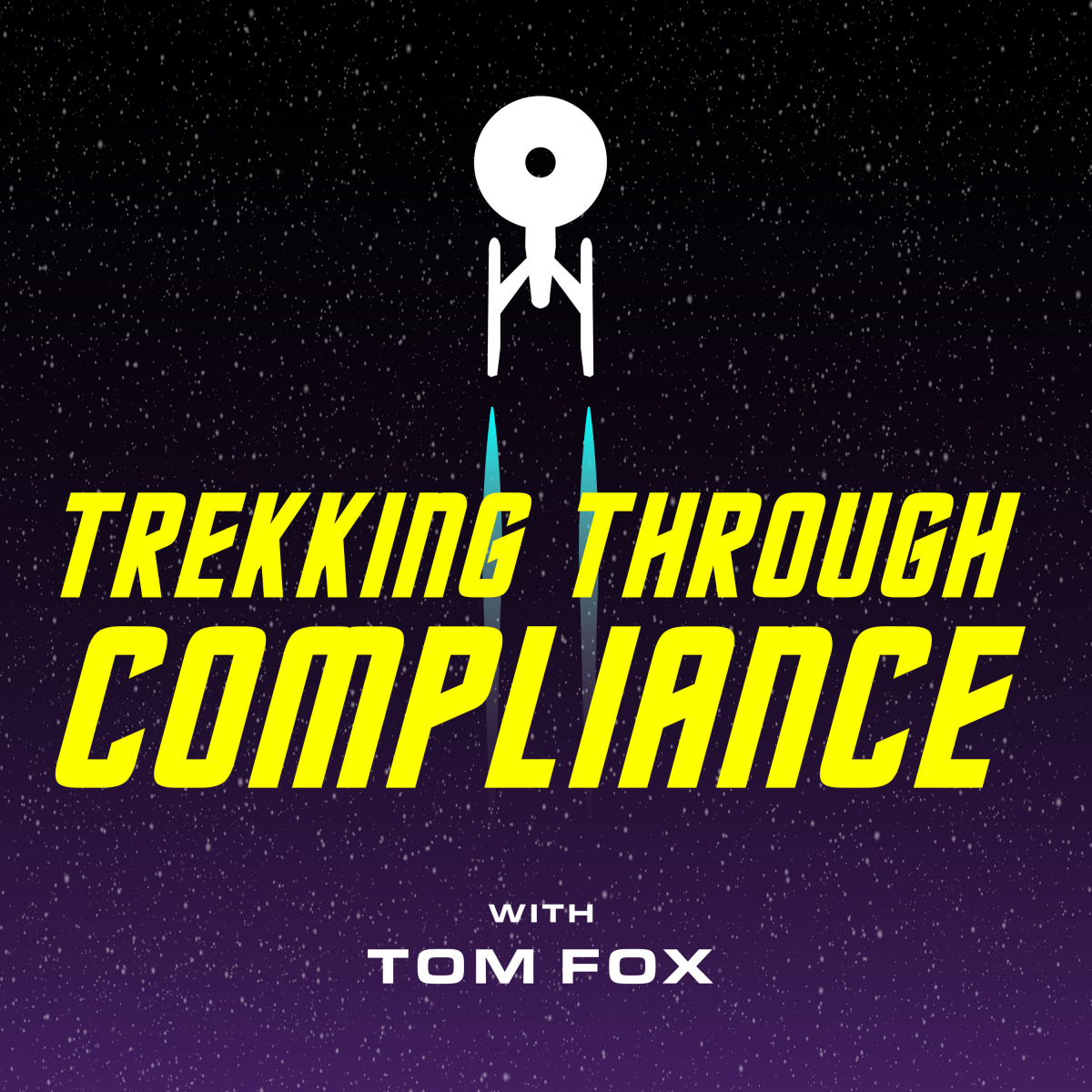In the age of information, data is the lifeblood of any organization and now every compliance function. The integrity, accessibility, and security of this data are crucial for the effective functioning of businesses, making its compliance a top priority. As digital landscapes continue to evolve, maintaining compliance becomes increasingly complex. Enter AI technology. With the ability to streamline processes and make sense of unstructured data, AI technology is fast becoming the go-to solution for data compliance in organizations. This blog post will delve into how you can implement AI technology for data compliance within your organization, enhancing your compliance monitoring and proactively detecting potential risks.
Here are the key steps:
- Understand Your Data Landscape: Get familiar with the types of data your organization handles – structured, semi-structured, and unstructured. Identify the sources of these data, like emails, documents, or messages.
- Identify the Risks: Be aware of the potential risks associated with each type of data. These could include the disclosure of sensitive information, potential misconduct, or hidden threats, especially within unstructured data.
- Implement AI Technology: Choose a technology partner that can assist in implementing AI capabilities for data compliance. The AI tools can help with data cleansing, reducing false positives and supporting the detection and even the prevention of compliance violations.
- Establish Prevention Measures: Create a culture where prevention is given priority over detection.
1. Understand Your Data Landscape
Stepping into the complexities of your data landscape is a pivotal component of maintaining an ironclad compliance program. As the pivotal backbone of any organization, data comes in all shapes and sizes –structured, semi-structured, and unstructured and from various sources such as emails, Word documents and text messages. This varying landscape can often be a figurative minefield, teeming with potential hazards. This makes it crucial to sift through this landscape, charting out the contours of your information trove, identifying relevant data and understanding how it interacts with your needs and obligations.
This first step sets the foundation for implementing a more efficient and effective compliance monitoring system within your organization. Integrating AI technology, as emphasized, is a game-changing strategy for tackling the challenges presented by the data landscape. There is even a greater amount of data that compliance professionals must grapple with due to remote work and newer communication platforms. With AI-powered data cleansing, this unstructured data can be whittled down to pertinent, human-generated content, thus increasing efficiency and reducing instances of false positives.
By customizing models and policies to align with your organization’s risks, and by utilizing AI to review irrelevant content and target potential misconduct, organizations not only detect but also prevent instances of non-compliance. The importance of understanding your data organization’s landscape extends beyond the detect prong of a best practices compliance program; it helps to predict where potential hazards might arise and informs the preventative measures you need to take. Implementing an AI-powered solution that is tailored to your unique organizational landscape means improved efficiency, minimizing the risk of non-compliance, and the potential for a more predictive and preventative approach to compliance management.
- Identify the Risks
Understanding unstructured data is not merely necessary for everyday operations but forms the backbone of compliance monitoring system. Recognizing that sifting through vast volumes of data can be onerous, the advent of AI-powered data cleansing capabilities will significantly streamline this process. It does this by eliminating duplicative content, junk, and non-human generated content from communications. This helps to focus on content that is risky and relevant for compliance teams, thereby minimizing the number of false positives.
Indeed this is the very foundation upon which a corporate compliance function can build out its strategy for risk mitigation. Once these risks are identified, compliance teams can take action to address them promptly, thereby creating a healthy culture of compliance within the organization. This kind of proactive approach serves as a deterrent to potential threats that could affect your company’s culture of doing business ethically and in compliance. Moreover, it sets clear expectations about the kinds of behaviors that are tolerated within the organization and those which are not through effective monitoring. All of this means that as a compliance professional you must work to address the challenges of unstructured data and identifying risks as an integral part of compliance monitoring going forward.
- Implementing the Tech
Navigating the massive waves of unstructured data within any organization can be a challenging task. With the advent of remote working conditions and a persistent reliance on diverse communication platforms, this data influx has exponentially grown, making the effective data management vital for a functioning compliance monitoring system. The collected data can involve communication records, report alerts, investigations, and training data.
As a recovering lawyer I can attest that the assimilation and interpretation of such fragmented information can be taxing on the compliance officers, primarily if they a traditional legal training. Not only is access to every corporate data silo mandated by the Department of Justice in the Evaluation of Corporate Compliance Programs, but the extraction of relevant insights from such a vast data pool can indeed be an uphill task.
- Establish Prevention Measures
When faced with unanticipated challenges like investigations, litigations, privacy compliance, and stringent government requests, compliance professionals must be equipped with a robust data analytics system. Your data solution or tool should provide an AI-powered data cleansing capability that eradicates duplicative content, junk, and non-human generated data. The key is for your solution to swiftly categorizes risky information which is then processed and referred to the compliance wing. But even more significantly, a swift detection of misconduct and remediation process, will help to demonstrate a robust corporate culture can be promoted where accountability is the cornerstone.
Unarguably, the essence of navigating unstructured data demands exclusive attention. What might come across as a mere pile of unwarranted information might be a minefield of hidden risks and prominent disclosure threats that have the potential to jeopardize the whole organization. Our exclusive focus on the prevention of such risks is the precursor of a strong foundation where necessary expectations and behavioral norms are set. While some may argue about the necessity of such elaborate processes, their significance can only be understood by the way they shape our ability to identify hidden threats. These alone could potentially be the building blocks for a more secure, responsible, and ethically functioning organization.
As compliance officers, the journey towards mastering the realm of unstructured data and successfully implementing AI technology for data compliance can be a game-changer. This task, though complex, is pivotal in ensuring the integrity of your organization in today’s competitive and highly regulated business environment. The steps shared in this blog post are a roadmap to success, guiding you through understanding your data, identifying potential risks, and harnessing the power of AI. These measures will undoubtedly empower you to establish a culture of prevention in your organization. So, take a leap of faith, embrace AI technology, and watch how it revolutionizes your compliance monitoring and risk detection efforts.












